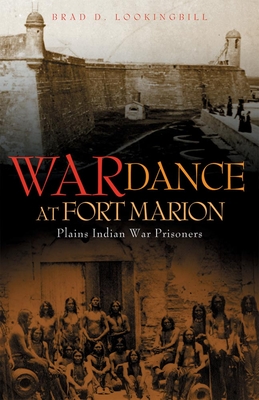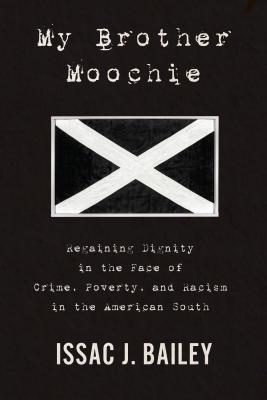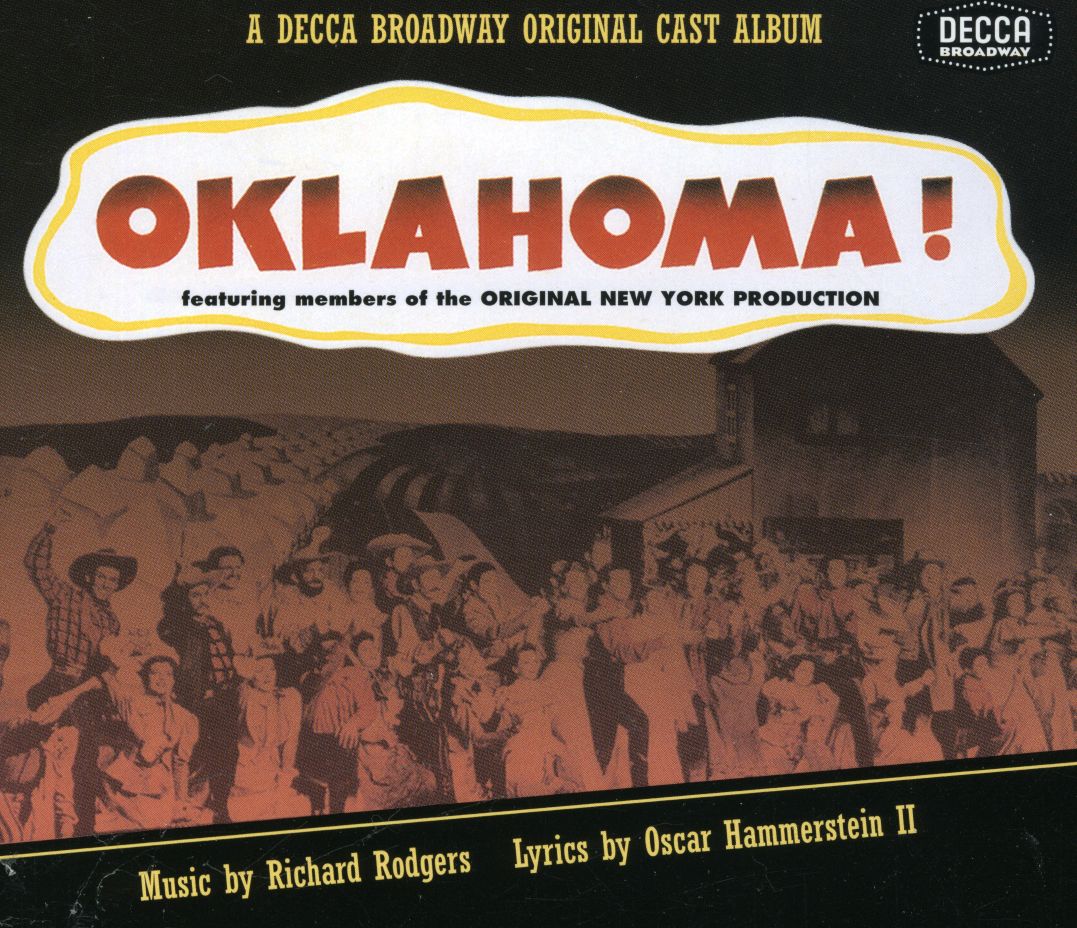
description
6War Dance at Fort Marion tells the powerful story of Kiowa, Cheyenne, Comanche, and Arapaho chiefs and warriors detained as prisoners of war by the U.S. Army. Held from 1875 until 1878 at Fort Marion in Saint Augustine, Florida, they participated in an educational experiment, initiated by Captain Richard Henry Pratt, as an alternative to standard imprisonment. This book, the first complete account of a unique cohort of Native peoples, brings their collective story to life and pays tribute to their individual talents and achievements. Throughout their incarceration, the Plains Indian leaders followed Pratt's rules and met his educational demands even as they remained true to their own identities. Their actions spoke volumes about the sophistication of their cultural traditions, as they continued to practice Native dances and ceremonies and also illustrated their history and experiences in the now-famous ledger drawing books. Brad D. Lookingbill's War Dance at Fort Marion draws on numerous primary documents, especially Native American accounts, to reconstruct the war prisoners' story. The author shows that what began as Pratt's effort to end the Indians' resistance to their imposed exile transformed into a new vision to mold them into model citizens in mainstream American society, though this came at the cost of intense personal suffering and loss for the Indians.
member goods
No member items were found under this heading.
Return Policy
All sales are final
Shipping
No special shipping considerations available.
Shipping fees determined at checkout.







